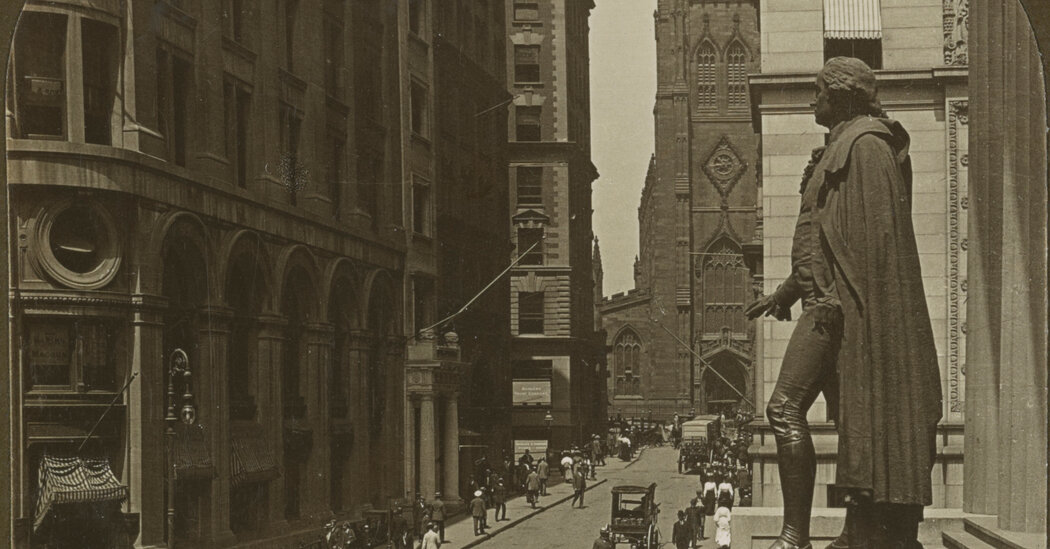She “never felt anything improper” between her brother-in-law and herself, she confided to Peter’s older sister Julia, “until one evening her hand touched his, and a thrill of emotion went through her frame.” After that magic touch, Julia stated in a deposition, “they went down together in the course of sin.”
Part of what makes the drama so engrossing is the husband’s striking obliviousness to the intimacy between his brother and his wife, which everyone else at Waverly noticed — even his own mother, who was blind. “They used to be most continually together,” a governess testified, adding that she suspected they had used her bedroom for a tryst. The Strongs’ old nurse claimed to have seen “Mrs. Peter” sneak out of “Mr. Edward’s” room, dressed only in a thin wrapper, and run upstairs.
One of Peter’s sisters-in-law observed Edward and Mary’s closeness, but “thought them pure.” Yet she testified that she found it odd that Mary sewed Edward a robe for Christmas. “I have never made presents to the gentlemen of the family, nor they to me,” she said primly.
Society condemned Mary, but John Stevens stood by his daughter. In court, Weisberg writes, he told the jury he’d “severely chastised his son-in-law,” telling him he “must have seen the attentions of Edward to his wife; that it was his duty to have checked them,” and that he “could not have been entirely unaware of what everyone else had seen.”
But evidently, from 1860, when the affair began, until the last days of 1861, Peter Strong indeed had no clue. It was not until Jan. 5, 1862, the evening after Mary and Peter buried their infant daughter, that Mary confessed her infidelity. “Stunned and horrified,” her husband had his bed moved into the dressing room. For the next two years, they would often share the same roof, but never the same bed.

